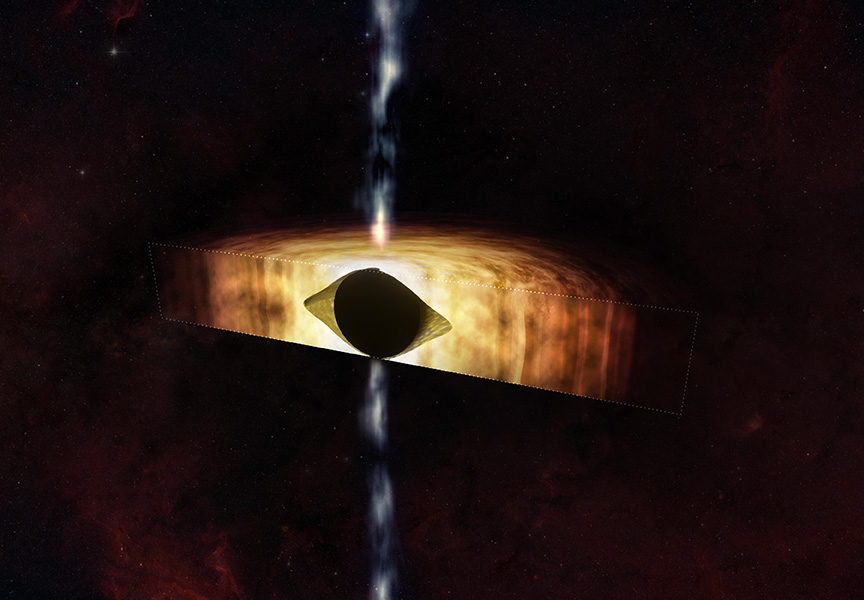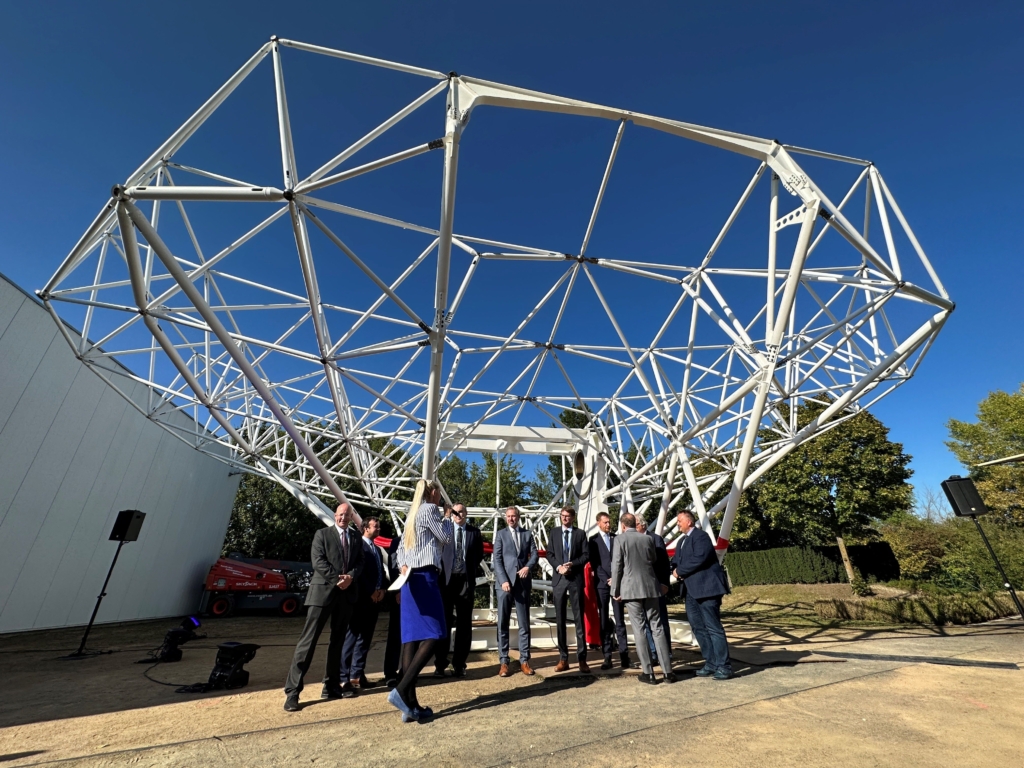A team of astronomers studying Jupiter-mass binary objects (JuMBOs) in the Orion Nebula have uncovered new findings that challenge existing theories on the formation of stars and planets.


Feb 14, 2024
A team of astronomers studying Jupiter-mass binary objects (JuMBOs) in the Orion Nebula have uncovered new findings that challenge existing theories on the formation of stars and planets.

Feb 12, 2024
The supermassive black hole in the center of the Milky Way is spinning so quickly it is warping the spacetime surrounding it into a shape that can look like a football, according to a new study using data from NASA’s Chandra X-ray Observatory and the National Science Foundation’s Karl G. Jansky Very Large Array (VLA).

Jan 9, 2024
An international team of astronomers has revealed mysterious star formation at the far edge of the galaxy M83. This research was presented in a press conference at the 243rd meeting of the American Astronomical Society (AAS) in New Orleans, Louisiana.

Sep 28, 2023
Hundreds of people gathered at mtex antenna technology in Schkeuditz for a first look at a prototype radio telescope that may one day be part one of the world’s largest and most sensitive radio telescopes in the world, the National Radio Astronomy Observatory’s (NRAO) next generation Very Large Array (ngVLA).